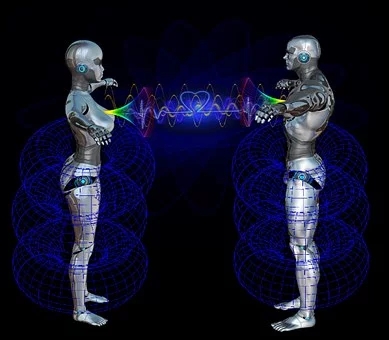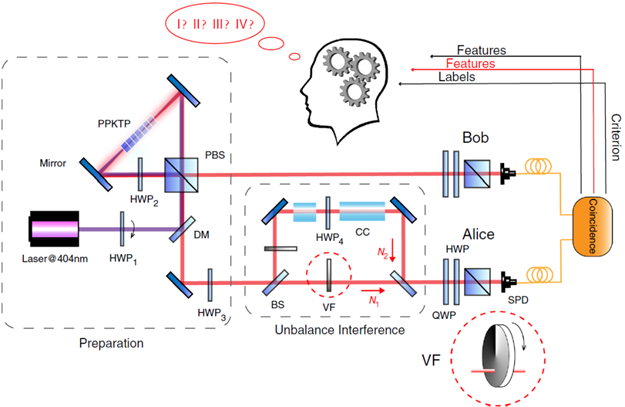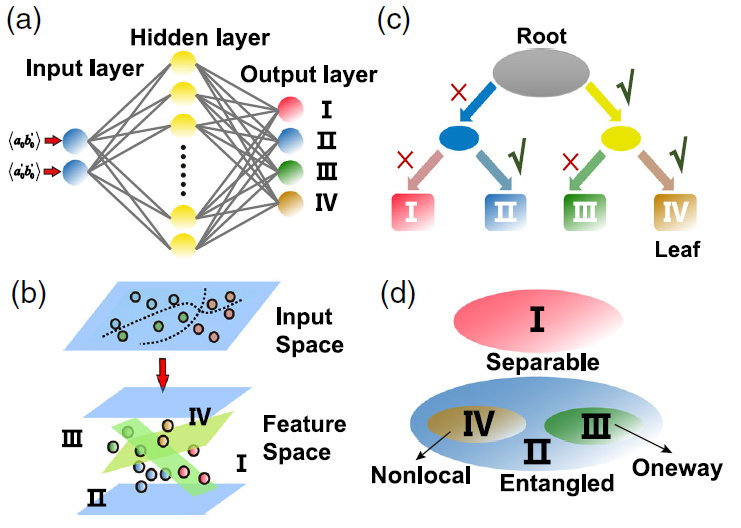Researchers Achieve Simultaneous Classification of Multiple Nonclassical Correlations
In 1935, Einstein, Podolsky, and Rosen (EPR) questioned the completeness of quantum mechanics (QM), as the theory seems to allow “spooky action at a distance" (known as the EPR paradox). In quantum information science, much effort has been devoted to achieve a deeper understanding of EPR’s paradox in terms of nonclassical correlations, such as quantum entanglement, EPR steering, and Bell nonlocality.

On the other hand, with the rise of quantum information research, various quantum correlations have become a key resource in the field of quantum information, playing an important role in quantum computing, quantum communication and quantum precision measurement.
Nonclassical correlations can be regarded as resources for quantum information processing. However, the classification problem of nonclassical correlations for quantum states remains a challenge, even for finite-size systems. Although there exists a set of criteria for determining individual nonclassical correlations, a unified framework that is capable of simultaneously classifying multiple correlations is still missing.
The question is this: how may one characterize the nonclassical correlation for any given quantum state? To tackle such a problem, there are several challenges.
Recently, in a study published in Physical Review Letters, a research team led by academician GUO Guangcan from University of Science and Technology of China (USTC) of the Chinese Academy of Sciences in collaboration with the researchers from the South University of Science and Technology of China and Chongqing Institute of Green and Intelligent Technology made progress in the research of basic problems of quantum mechanics using machine learning techniques.
Machine learning (ML) represents a branch of artificial intelligence, aiming at producing a predictive function or a computer program based on a set of training data. Recently, binary classification of quantum correlations has been achieved using the tools of ML, such as determination of entanglement and separability.

Experimental setup of nonclassical correlations. (Image by Mu Yang et al.)
In the study researchers experimentally constructed a statistical unified witnesses for the simultaneous characterizing of different classes of multiple nonclassical correlations through machine learning. Specifically, they compared three different multilabel state classifiers using three different ML methods, including an artificial neural network (ANN), a support vector machine (SVM), and a decision tree (DT), where each classifier only takes partial information for each member in a family of quantum states. It is shown that all three methods can be experimentally trained to efficiently learn and classify quantum states without state tomography.

Quantum correlation is divided into four categories by three typical ML models. (Image by Mu Yang et al.)
For the trained models, researchers experimentally prepared a different set of 455 states for testing, and the multiple nonclassical correlation classifier is successfully implemented. The results show that for a family of quantum states, all three approaches can achieve high accuracy (more than 90%) for learning entanglement, quantum steering, and nonlocality.
Moreover, both the resource consumption and time complexity are far lower than those of the traditional criteria.
The fusion of quantum information and artificial intelligence is one of the most popular research directions at present. The work experimentally applies machine learning algorithms to multiple nonclassical correlations and simultaneously classification, promoting the deep intersection between artificial intelligence and quantum information technology. In the future, machine learning as an effective analytical tool will help solve more quantum science problems.
Paper link:
https://journals.aps.org/prl/abstract/10.1103/PhysRevLett.123.190401
(Written by LI Xiaoxi, edited by LU Hongyu, USTC News Center.)

